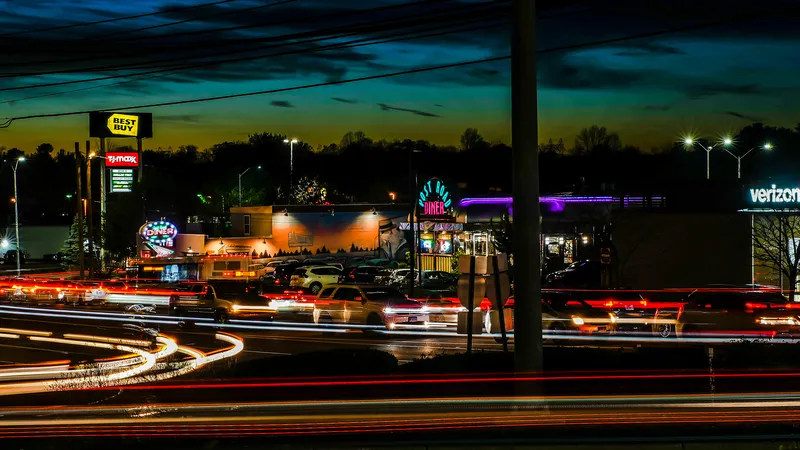São Paulo state court TCE-SP has ordered a halt to the tender of São Paulo state's US$732 million project to build an underwater tunnel between the coastal cities of Santos and Guarujá.
The project calls for the construction and operation of a 900 metre, six-lane submersed tunnel between Brazil's coastal cities of Santos and Guarujá. To be submerged at a depth of 21 metres, the tunnel would give the Santos port navigation channel a draft of 17 metres.
Construction was scheduled to start in 2014 and c
February 3, 2015
Read time: 2 mins
São Paulo state court TCE-SP has ordered a halt to the tender of São Paulo state's US$732 million project to build an underwater tunnel between the coastal cities of Santos and Guarujá.
The project calls for the construction and operation of a 900 metre, six-lane submersed tunnel between Brazil's coastal cities of Santos and Guarujá. To be submerged at a depth of 21 metres, the tunnel would give the Santos port navigation channel a draft of 17 metres.
Construction was scheduled to start in 2014 and completed by2017.
The move responded to claims by bidding companies that there were a number of inconsistencies in the tender rules and that the time provided by state highway company
5947 Dersa, in charge of the tender process, was insufficient for proposals to be drawn up, according to local reports. Dersa now has five days to respond to the uncertainties and submit a copy of the bidding rules for TCE-SP analysis.
The tunnel is expected to take 44 months to build once the contract is awarded, São Paulo governor Geraldo Alckmin has said.
The project calls for the construction and operation of a 900 metre, six-lane submersed tunnel between Brazil's coastal cities of Santos and Guarujá. To be submerged at a depth of 21 metres, the tunnel would give the Santos port navigation channel a draft of 17 metres.
Construction was scheduled to start in 2014 and completed by2017.
The move responded to claims by bidding companies that there were a number of inconsistencies in the tender rules and that the time provided by state highway company
The tunnel is expected to take 44 months to build once the contract is awarded, São Paulo governor Geraldo Alckmin has said.










